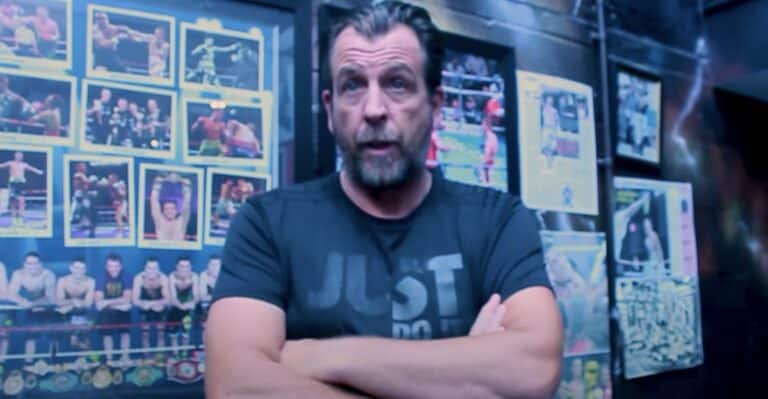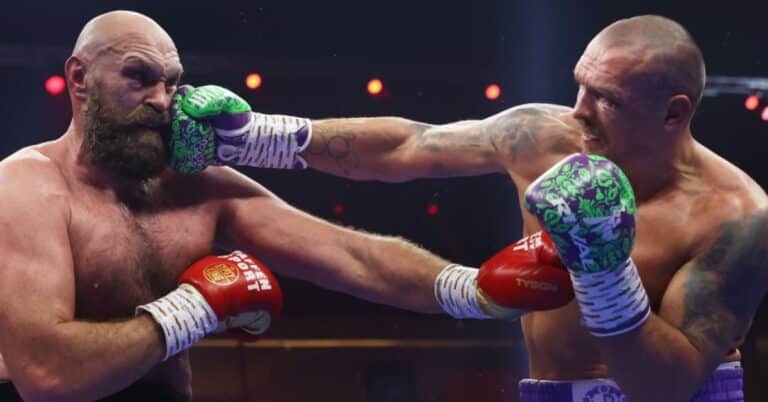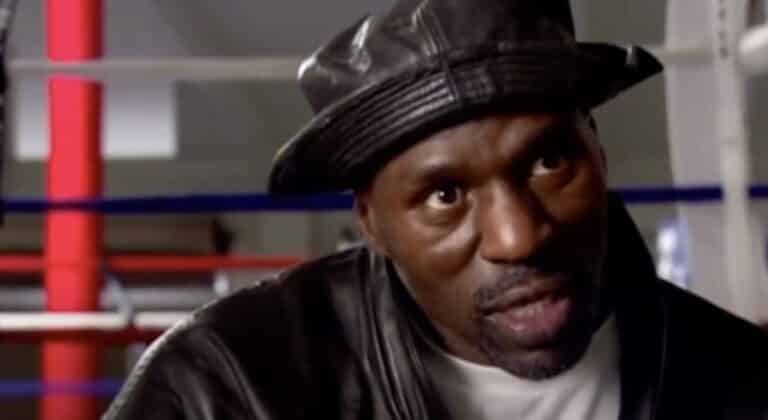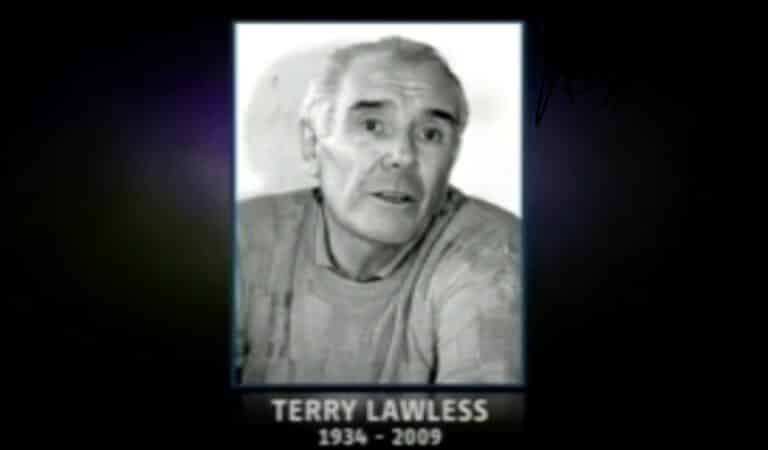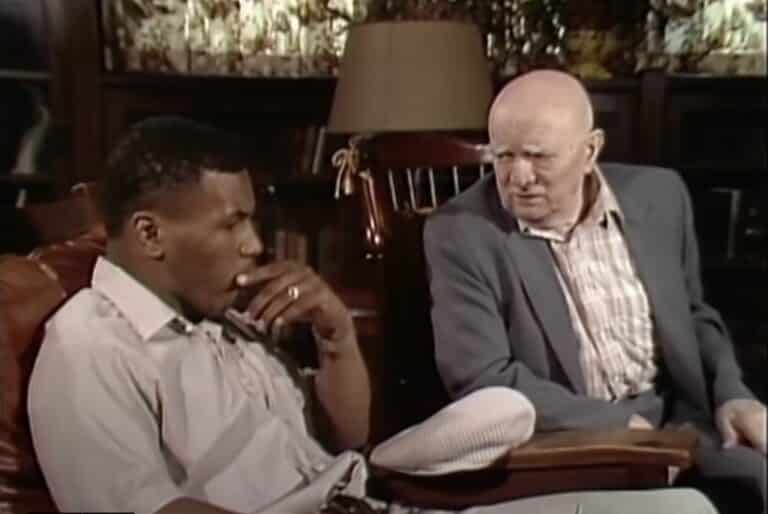Brendan Ingle – Boxing Coach Biography
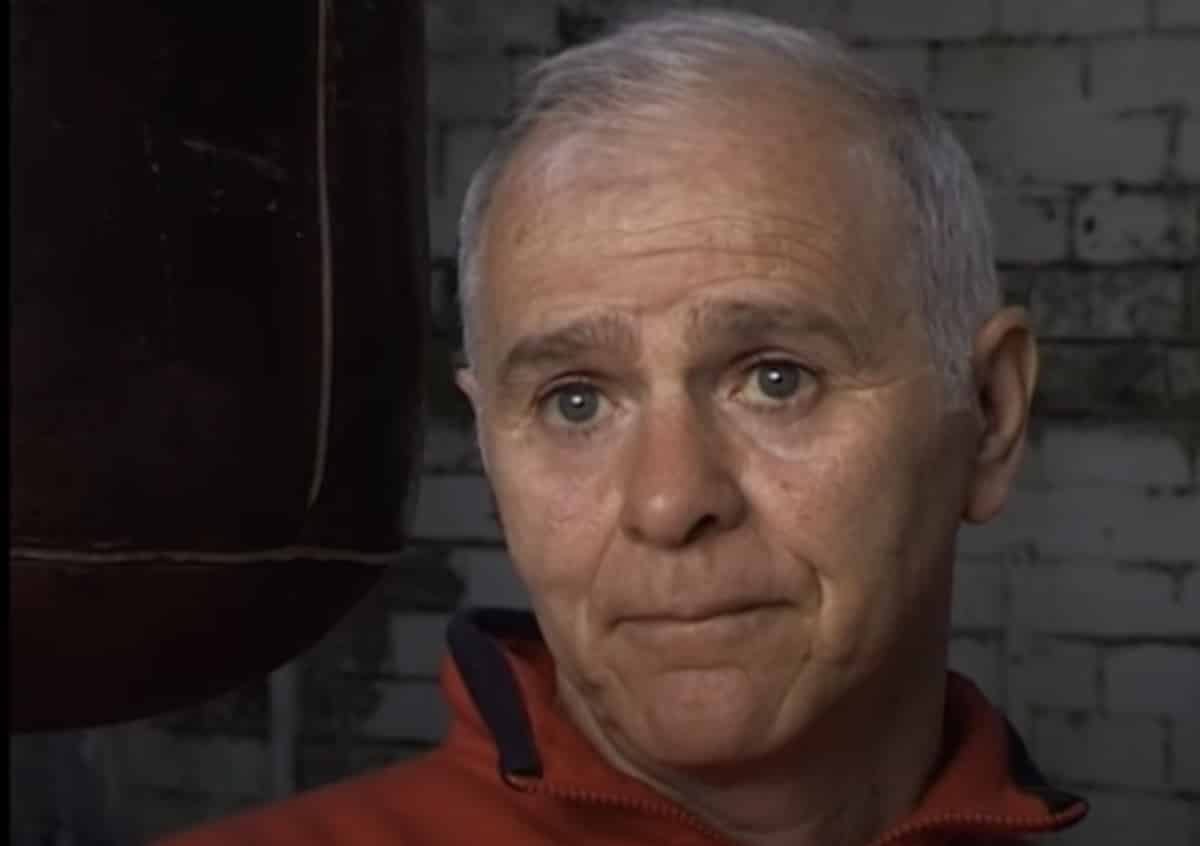
| Date of Birth: | June 19, 1940 |
| Died: | 25 May 2018 (aged 77) |
| Place of Birth: | Dublin, Ireland |
| Gym: | Wincobank Gym |
| Location: | Sheffield, England |
| Boxing Background: | Brendan Ingle was a journeyman pro in the 1960s and 70s, compiling a 19-14 record |
| Notable Fighters: | Herol “Bomber” Graham, Prince Naseem Hamed, Kell Brook |
Brendan Ingle’s Boxing Background
Although Brendan Ingle was born and raised in Ireland, he lived in Britain from the late 1950s until his death from a brain hemorrhage aged 77 in 2018. Although Ingle was only linked with less than a dozen well-known boxers, and only trained five world champions, unlike many top coaches, he was with his fighters from their amateur days to their championship winning nights as professionals. In fact, a strong case can be made that Brendan Ingles was the greatest trainer ever to emerge from the British Isles.
One of 15 children born to Sarah and Charles Ingle, in 1958 an 18-year-old Brendan joined one of his brothers in Sheffield, England to work in the burgeoning steel industry. Back in Dublin, Ingle had boxed briefly as an amateur, and by the mid 60s he began to augment his weekly wages by boxing professionally.
Ingle turned pro in October 1965, and by the end of that year he was 4-0 with three knockouts. However any allusions he had of fistic greatness would come crashing down when he was knocked out in the first round by one Willie Turkington in a bout in Belfast, Northern Ireland. Turkington was 0-0-1 at the time. Ingle boxed on, and throughout the late 60s he won more than he lost, although it soon became apparent that he was prone to cuts and began losing fights on cut-eye stoppages.
The highlight of Ingle’s career as a boxer was probably his 1970 fight against Chris Finnegan. Finnegan had won the middleweight gold medal at the 1968 Mexico Olympics and would go on to challenge the great Bob Foster for the world like heavyweight title. Finnegan was 5-1 when he took on Ingle, who was himself 14-7. Ingle gave a good account of himself and was unlucky to be stopped in the eighth and final round.
The Finnegan defeat was one of five straight losses that Ingle would suffer at the start of the 1970s, but he would rebound to win five of his next six fights and in October 1973 boxed Pat Dwyer for the Central Area Middleweight Title, losing on points. It was the only title fight of his career. It speaks volumes of the kind of man he was that in 1973, after his wife had given birth to his daughter, Ingle fought nine times to ensure his young family had a great Christmas.
Brendan Ingle would retire in 1974, having compiled a record of 19-14, with six KOs. He was stopped eight times himself, six of those due to cuts.
Brendan Ingle Becomes a Trainer
While it didn’t take long for Brendan Ingle to realize he wasn’t destined for ring greatness as a fighter, his talent as a boxing coach was evident from the get-go. Soon after he retired from the ring, the local vicar asked Ingle to help him run the church youth club. Ingle was much loved and respected within his local community, and he had a natural ability to communicate with troubled and often violent youngsters. Soon after, Ingle began teaching boxing at the St. Thomas Boys and Girls Club boxing gym – eventually known simply as the Wincobank Gym in Sheffield.
Like many of that era, Ingle was obsessed with Muhammad Ali, and he began to try and teach his young protégés to fight in a similar style to “the Greatest”, placing a greater emphasis on defense, speed, footwork and boxing skill, as opposed to the traditional methods of focusing on aggression and power.
Herol “Bomber” Graham
Ingle’s innovative methods would soon bear fruit in the shape of his first great fighter, the world middleweight contender Herol “Bomber” Graham, who would be the prototype for what would become a conveyor belt of fighters with similar styles (although some might argue that they broke the mould after they made Graham, such was his talent).
When Graham was an up and coming pro boxer, as a publicity stunt Ingle would take him to pubs and working men’s clubs, even prisons, and then ask the men to try – one at a time – and land a punch on him, even occasionally tying Bomber’s hands behind his back. This routine eventually caught the attention of the BBC, who made a 1982 documentary about the pair called “Bomber and Brendan” which can be found on YouTube.
Graham stood a fraction under 6’ tall, and particularly at middleweight he was an impressive specimen, strong and powerful. Graham hit hard enough to stop the majority of his opponents during his career, and yet it was his superb defensive skills that earned him his reputation. However, while Bomber would look sensational against domestic and European level opposition, he was found wanting when he took the ultimate step and challenged for a world title.
An ultra-cautious Graham was beaten on a split decision by Mike McCallum for the vacant WBA middleweight title in 1989, a fight he could have won if only he had pushed himself a little harder and taken a few risks. The following year he faced Julian Jackson – probably the hardest hitter pound-for-pound in boxing history – for the WBC belt. On this occasion Graham boxed out of his skin and began taking the risks he should have taken against McCallum, which proved suicidal against Jackson. Graham was knocked cold in the fourth round.
Herol Graham’s 20-year pro career ended in 1998, finishing with an outstanding 48-6 record, with 28 KO’s.
Prince Naseem Hamed
The most well known of Brendan Ingle’s success stories is Prince Naseem Hamed, who as a seven-year old was so out of control his Yemeni parents brought him to the Wincobank Gym out of sheer desperation. Four years later, Ingle was so proud of his 11-year old protégé that he would tell anyone who would listen that Hamed was certain to become a world champion one day.
The Prince was a complete one-off. Not only was he outrageously talented and punched like a middleweight, he was a born showman who loved to entertain. As a boxer, Hamed took the blueprint laid down by Herol Graham and ramped it up to 11. Where Graham was elusive, the “Prince” was exaggeratedly so, almost cartoon like, limbo dancing away from a headshot, then jackknifing back to land a bomb of his own. And “bomb” was no exaggeration; it’s safe to say that Hamed possessed freakish hitting power, and was easily one of the hardest punching featherweights of all time.
Hamed had seen how the then-WBO super middleweight champion Chris Eubank had turned the ring entrance into an art form, and he took it to a whole other level, even entering the ring flying through the air on a magic carpet for one fight.
Hamed vs Kelley
Hamed’s US debut took place at Madison Square Garden in December 1997 when he defended his WBO featherweight title against New Yorker Kevin Kelley. The fight was an action-packed thriller, featuring six knockdowns. Hamed hit the deck three times, but floored Kelly twice before putting him down for keeps in the fourth round. The bout was a huge hit on US cable TV, and as a result HBO signed Hamed to a multi-fight deal, guaranteeing him a minimum of $2 million per fight, an unheard-of amount for a featherweight.
However, within months of inking his HBO deal his relationship with his long-time coach and mentor was coming to an end. Hamed had informed Ingle that he “would no longer be running” when training for fights, and by the time the Prince defended his title against Wayne McCullough in 1998 the two were no longer speaking. Their partnership was severed the following year. Hamed would carry on boxing until 2002, losing just once, to Marco Antonio Barrera, and would finish with a record of 36-1 with 31 KO’s.
Other Fighters Trained By Brendan Ingle
Brendan Ingle coached literally dozens of fighters, and produced five world champions, six European champions and 15 British champions. The best known of these aside from Herol Graham and Naseem Hamed were former WBO cruiserweight champion Johnny Nelson, WBC junior welterweight champion Junior Witter, IBF welterweight champion Kell Brook, WBO welterweight champion Paul “Silky” Jones, former European light middleweight champion Ryan Rhodes and ex-British middleweight champion Brian Anderson.
Ingle passed away due to a brain hemorrhage in May 2018 at the age of 77. Upon his death, Johnny Nelson – now a highly respected boxing pundit working for Sky TV – paid tribute to his former mentor, calling him simply “the best trainer in the world.”

